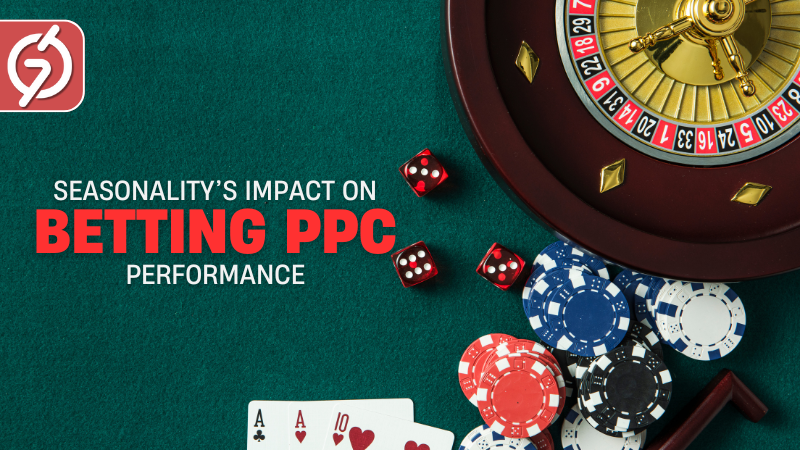
In the last few years, the rise of sports gambling ads has become impossible to ignore. Whether it’s during live broadcasts, social media feeds, or sports-related apps, younger audiences are constantly exposed to these messages. For advertisers, this shift presents a fascinating opportunity but also a serious challenge. The younger demographic is both highly engaged and extremely skeptical. They scroll fast, skip often, and only stop when something feels fresh, personal, or aligned with their lifestyle. That’s where the art and science of sports gambling promotions come into play.
Why Younger Audiences Matter So Much
Here’s a data point to chew on: research suggests that nearly 70 percent of bettors aged 18 to 34 engage with online sports content daily. This isn’t just scrolling highlights; it’s real engagement with stats, live chats, prediction pools, and influencer breakdowns. For advertisers, it means this group isn’t passive. They are active participants in sports culture, which makes them a perfect target for sports gambling campaigns. But catching their attention is harder than ever, as traditional ads fade into background noise.
Think about it this way: younger audiences live in a world where information comes at them faster than ever. They multitask, jump between platforms, and expect instant gratification. If an ad doesn’t spark curiosity within seconds, it’s forgotten. That’s why advertisers are forced to go beyond the surface level and design campaigns that truly resonate with this tech-savvy crowd.
The Attention Problem
Advertisers in the gambling space face one consistent pain point: attention span. Younger audiences swipe past banners, mute commercials, and even install ad blockers. If your sports gambling advertising looks like every other flashy promo, it’s invisible in seconds. The irony is that this audience consumes more content than any other group, but they demand relevance, entertainment, and personalization in every piece of messaging. If you cannot offer that, your budget bleeds without impact.
What makes this challenge even bigger is competition. Every sports gambling campaign is fighting for the same eyes during prime events. If ten brands all promise “biggest bonuses,” the only way to stand out is to speak differently and connect emotionally. Without that, younger bettors won’t just ignore you—they’ll build resistance to your brand altogether.
What Actually Works
One key learning from observing successful sports gambling campaigns is that younger audiences don’t reject ads outright. They reject ads that feel generic. They connect better with promotions that tie directly into cultural moments, gaming-style interactivity, or influencer-backed authenticity. For example:
Gamified ads: Quizzes, prediction challenges, and leaderboard-style ads spark curiosity and make users feel part of the action rather than passive viewers.
Social-driven content: Ads disguised as engaging posts with meme-like language get shared instead of ignored, especially on platforms like TikTok and Instagram.
Storytelling format: Instead of shouting bonuses, weaving ads into narratives about “the thrill of the last-minute goal” pulls viewers in emotionally and keeps them engaged longer.
These tactics prove one thing: it’s less about pushing offers and more about sparking participation. Advertisers who grasp this subtle shift are already outperforming those still running static promos. They understand that attention is earned, not demanded.
Smarter Approaches Exist
The solution isn’t throwing more money at the problem. It’s about deploying smarter ad strategies through specialized platforms. Networks built for sports gambling promotions already understand audience patterns, and they allow segmentation by behavior, not just by demographics. That means you’re not wasting impressions on people who’ll never engage. Instead, you’re reaching users who already show signals of interest in sports culture and online betting.
For advertisers exploring this space, starting with a Gambling Ad Network can be a game-changer. It ensures your campaigns aren’t lost in irrelevant placements but shown where engagement is most likely. With access to niche targeting, you also get the flexibility to test different creative angles without wasting resources.
Why Younger Audiences Respond to Story-First Ads
Here’s something worth noting: younger audiences are highly responsive to tone. If your ad feels like a lecture or a hard sell, they’re gone. But when it feels like an extension of the sports banter they already enjoy, they lean in. This is why sports gambling advertising often mirrors fan conversations, influencer opinions, or even gaming language. It doesn’t feel like an interruption. Instead, it feels like part of the culture they’re already invested in.
Story-first advertising isn’t just trendy—it’s powerful. For instance, an ad that builds a mini-story about “a fan’s journey from underdog to winner” resonates far more than one that simply displays odds. Younger viewers want to feel a sense of belonging, and stories help create that bridge between brand and audience.
The Influence of Technology and Timing
You can’t ignore the impact of timing either. A gambling ad shown two hours before kickoff resonates more than one shown on a random weekday afternoon. Younger audiences thrive on immediacy. They want promotions that are tied to real-time excitement. Technology now allows advertisers to sync campaigns with live events, a tactic that consistently increases click-through and engagement rates.
Combine this with the growing role of mobile-first campaigns, and the picture is clear: if your sports gambling promotions aren’t optimized for smartphones and tailored around live sports moments, you’re not just behind—you’re invisible. Data shows that more than 80 percent of betting interactions from 18–34-year-olds happen on mobile devices, which should serve as a wake-up call to advertisers relying on outdated desktop-first formats.
Building Trust While Running Campaigns
Another insight advertisers often overlook is trust. Younger audiences are deeply skeptical of ads, especially in spaces like gambling where the fine print can feel overwhelming. The smart advertisers don’t hide terms or oversell. Instead, they use transparency as a trust-building tool. This doesn’t just build credibility—it encourages repeat engagement. In practice, trust-based sports gambling campaigns get higher lifetime value per user compared to those chasing one-time clicks with exaggerated offers.
For example, a campaign that openly shares “how the bonus really works” may seem less flashy but often results in stronger retention. Younger audiences value honesty, and when they feel respected, they’re more likely to keep coming back. Building trust is slow, but it pays dividends in long-term loyalty.
Where to Begin
If you’re reading this and wondering how to translate theory into practice, the next step is to experiment on a smaller scale. Instead of jumping in with a full-budget campaign, why not run a test campaign with a platform that understands the nuances of this vertical? You’ll gain audience insights without taking huge risks, and you’ll see firsthand how strategies shift engagement. Testing allows you to adjust messaging, measure responses, and refine creative direction before committing larger budgets.
A Straight Talk Wrap-Up
At the end of the day, advertising to younger audiences isn’t rocket science. It’s about respecting their intelligence, speaking their language, and giving them something they actually want to engage with. Sports gambling ads that succeed are the ones that don’t scream offers but instead invite participation.
If you’re an advertiser trying to crack this market, remember this: younger audiences aren’t unreachable, they’re just selective. The moment you stop treating them like generic clicks and start treating them like real participants in the sports culture, your campaigns stop looking like background noise and start becoming part of the conversation.
That’s how you win their attention, and more importantly, how you keep it. The brands that thrive will be those that blend authenticity, timing, storytelling, and trust—because that’s the formula that younger bettors are responding to right now.















Write a comment ...